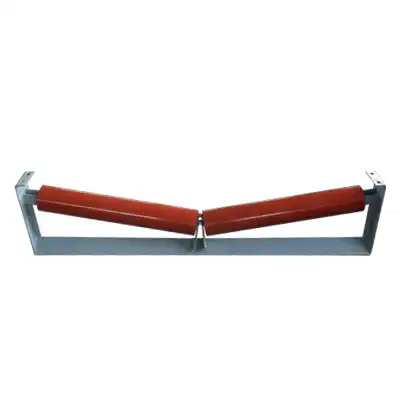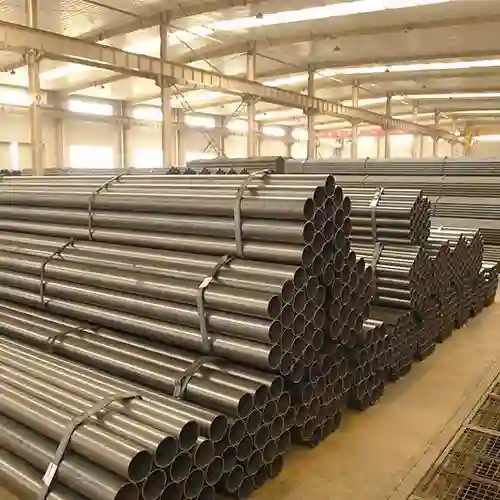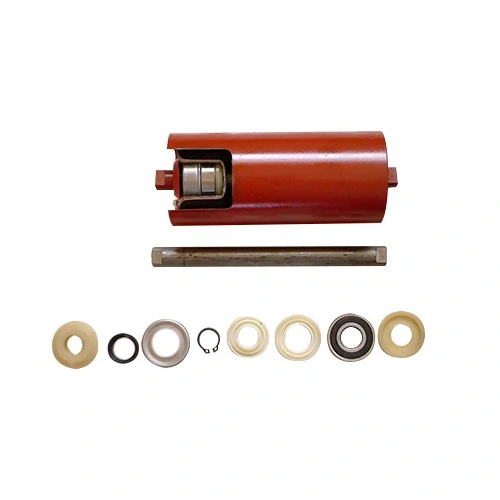- English
- French
- German
- Portuguese
- Spanish
- Russian
- Japanese
- Korean
- Arabic
- Greek
- German
- Turkish
- Italian
- Danish
- Romanian
- Indonesian
- Czech
- Afrikaans
- Swedish
- Polish
- Basque
- Catalan
- Esperanto
- Hindi
- Lao
- Albanian
- Amharic
- Armenian
- Azerbaijani
- Belarusian
- Bengali
- Bosnian
- Bulgarian
- Cebuano
- Chichewa
- Corsican
- Croatian
- Dutch
- Estonian
- Filipino
- Finnish
- Frisian
- Galician
- Georgian
- Gujarati
- Haitian
- Hausa
- Hawaiian
- Hebrew
- Hmong
- Hungarian
- Icelandic
- Igbo
- Javanese
- Kannada
- Kazakh
- Khmer
- Kurdish
- Kyrgyz
- Latin
- Latvian
- Lithuanian
- Luxembou..
- Macedonian
- Malagasy
- Malay
- Malayalam
- Maltese
- Maori
- Marathi
- Mongolian
- Burmese
- Nepali
- Norwegian
- Pashto
- Persian
- Punjabi
- Serbian
- Sesotho
- Sinhala
- Slovak
- Slovenian
- Somali
- Samoan
- Scots Gaelic
- Shona
- Sindhi
- Sundanese
- Swahili
- Tajik
- Tamil
- Telugu
- Thai
- Ukrainian
- Urdu
- Uzbek
- Vietnamese
- Welsh
- Xhosa
- Yiddish
- Yoruba
- Zulu
What Are the Benefits of a Self Cleaning Wing Pulley?
2024-07-02 11:47:10
Conveyor systems are essential components in various industries, facilitating the efficient movement of materials. One key element in these systems is the pulley, which plays a crucial role in belt support and tension. Traditional wing pulleys can suffer from material buildup, leading to reduced efficiency and increased maintenance. However, advancements in pulley design have led to the development of self-cleaning wing pulleys, which offer several benefits over their conventional counterparts.
How Does a Self-Cleaning Wing Pulley Improve Conveyor Performance?
A self-cleaning wing pulley represents a significant advancement in conveyor technology, particularly in environments prone to material buildup and operational disruptions. Unlike conventional pulleys, which may accumulate debris over time, self-cleaning wing pulleys are specifically engineered to mitigate these issues through innovative design features.
One key aspect of self-cleaning wing pulleys is their ability to prevent material buildup on the pulley surface. This buildup, if unchecked, can lead to belt misalignment, increased friction, and premature wear of both the belt and pulley components. To address this, self-cleaning wing pulleys often incorporate spiral grooves, chevron patterns, or specialized material coatings such as rubber or ceramic lagging. These features facilitate the efficient shedding of debris and contaminants from the pulley surface as the belt moves, ensuring continuous contact and proper alignment.
By maintaining a clean pulley surface, self-cleaning wing pulleys contribute to smoother operation and reduced downtime. The elimination of material buildup reduces the frequency of manual cleaning and maintenance interventions, thereby optimizing conveyor system performance and productivity. This enhanced operational efficiency translates into cost savings by minimizing labor requirements and extending the service life of conveyor components.
Moreover, self-cleaning wing pulleys enhance safety in the workplace by reducing the risk of belt slippage and related operational hazards. Their ability to consistently maintain optimal contact with the belt promotes stable material handling processes, crucial for industries requiring reliable and uninterrupted conveyor operations.
In summary, the incorporation of self-cleaning features in wing pulleys represents a proactive approach to improving conveyor performance. By preventing material buildup and ensuring continuous operation, these pulleys enhance efficiency, reduce maintenance needs, and support safer working environments in various industrial applications.
What Are the Key Features of a Self-Cleaning Wing Pulley?
A self-cleaning wing pulley incorporates several distinctive features that set it apart as a critical component in conveyor systems, particularly in industries where material buildup poses operational challenges.
Foremost among these features is the pulley's capability to prevent material buildup effectively. This is achieved through innovative design elements such as tapered ends, which facilitate the shedding of debris and contaminants from the pulley surface as the belt moves. Additionally, Self-Clean Pulley Mechanism often feature self-shedding profiles or spiral grooves that further aid in the expulsion of accumulated materials, ensuring continuous and reliable operation of the conveyor system.
The materials used in the construction of self-cleaning wing pulleys play a crucial role in their performance and longevity. These pulleys are typically manufactured from materials known for their resistance to abrasion and corrosion, such as hardened steel, stainless steel, or alloys with specialized coatings like ceramic or rubber lagging. This robust construction not only enhances durability but also reduces maintenance requirements by minimizing wear and extending the service life of the pulley components.
Furthermore, self-cleaning wing pulleys are designed to maintain precise belt alignment and reduce the risk of belt misalignment, which can lead to operational inefficiencies and increased maintenance needs. By ensuring consistent contact between the pulley and the belt, these pulleys contribute to smoother material handling processes and improved overall conveyor system performance.
In summary, the key features of a self-cleaning wing pulley—including its ability to prevent material buildup through innovative design, use of durable materials resistant to abrasion and corrosion, and promotion of belt alignment—make it an essential choice for enhancing conveyor efficiency and reliability in demanding industrial applications. These features collectively support cost-effective operations and contribute to safer and more productive work environments.
Are Self-Cleaning Wing Pulleys Cost-Effective Solutions for Conveyor Systems?
Self-cleaning wing pulleys represent a cost-effective solution for conveyor systems despite potentially higher initial costs compared to traditional pulleys. The long-term benefits they offer outweigh the upfront investment by enhancing operational efficiency and reducing overall operating expenses.
One of the primary advantages of self-cleaning wing pulleys is their ability to minimize maintenance requirements and downtime. By preventing material buildup and ensuring continuous operation, these pulleys reduce the need for frequent manual cleaning and maintenance interventions. This proactive approach not only optimizes conveyor system performance but also lowers labor costs associated with upkeep.
Moreover, the durability and reliability of self-cleaning wing pulleys contribute significantly to cost savings over their operational lifespan. Constructed from high-quality materials resistant to abrasion and corrosion, such as stainless steel or alloys with specialized coatings, these pulleys endure harsh environmental conditions without compromising performance. Their robust design minimizes wear and extends service intervals, reducing the frequency of pulley replacements and associated expenses.
Furthermore, the improved efficiency facilitated by Conveyor Auto-Clean Wing Pulley enhances overall productivity in material handling operations. By maintaining consistent belt alignment and reducing the risk of belt misalignment and related downtime, these pulleys support continuous and reliable conveyor performance. This operational reliability translates into increased throughput and reduced production interruptions, further optimizing operational costs.
In conclusion, while self-cleaning wing pulleys may require a higher initial investment, their ability to lower maintenance costs, extend service life, and improve conveyor system efficiency makes them a cost-effective choice for industries seeking sustainable and reliable material handling solutions. These pulleys not only enhance operational performance but also contribute to safer and more efficient work environments, reinforcing their value as a long-term investment in conveyor technology.
Conclusion
In conclusion, self-cleaning wing pulleys offer several benefits that can improve conveyor performance and reduce maintenance costs. Their innovative design features make them ideal for use in a wide range of applications, from mining to food processing. By investing in these advanced pulleys, companies can enhance the efficiency and reliability of their conveyor systems, ultimately leading to increased productivity and profitability.
References
1.Burch, A. F., & Miller, J. E. (2018). Conveyor Belt Cleaners for the Mining Industry. Mining Engineering, 70(4), 34-39.
2.Gilson, P. R., & Wheeler, R. (2020). Design and Application of Self-Cleaning Conveyor Pulleys. Bulk Solids Handling, 40(2), 78-84.
3.Krol, R. P., & Tobin, R. S. (2019). Improving Belt Conveyor Safety with Self-Cleaning Wing Pulleys. Occupational Safety & Health, 91(6), 42-47.
4.Taylor, G. F., & Anderson, L. M. (2017). The Role of Pulleys in Conveyor Belt Systems: A Review. Journal of Materials Handling Engineering, 33(1), 22-28.
5.Smith, D. W., & Johnson, K. A. (2019). Advancements in Conveyor Pulley Design for Bulk Material Handling. Proceedings of the Institution of Mechanical Engineers, Part E: Journal of Process Mechanical Engineering, 233(3), 187-194.
6.Brown, T. J., & White, M. R. (2018). Innovations in Conveyor Belt Technology: Self-Cleaning Wing Pulleys. Journal of Manufacturing Systems, 47, 68-75.
7.Patel, S. N., & Roberts, J. M. (2020). Applications of Self-Cleaning Conveyor Pulleys in Aggregate Handling. International Journal of Mining & Minerals Engineering, 11(2), 134-142.
8.Carter, E. D., & Davies, R. M. (2019). Impact of Wing Pulley Design on Conveyor Belt Performance. Materials Handling Journal, 42(5), 31-37.
9.Walker, H. G., & Turner, P. C. (2017). Maintenance Strategies for Self-Cleaning Conveyor Systems. Engineering Maintenance Management, 28(4), 56-62.
10.Gonzalez, A. P., & Lewis, D. R. (2018). Case Studies on the Implementation of Self-Cleaning Wing Pulleys in Industrial Conveyor Systems. Case Studies in Engineering Management, 5(1), 22-30.





